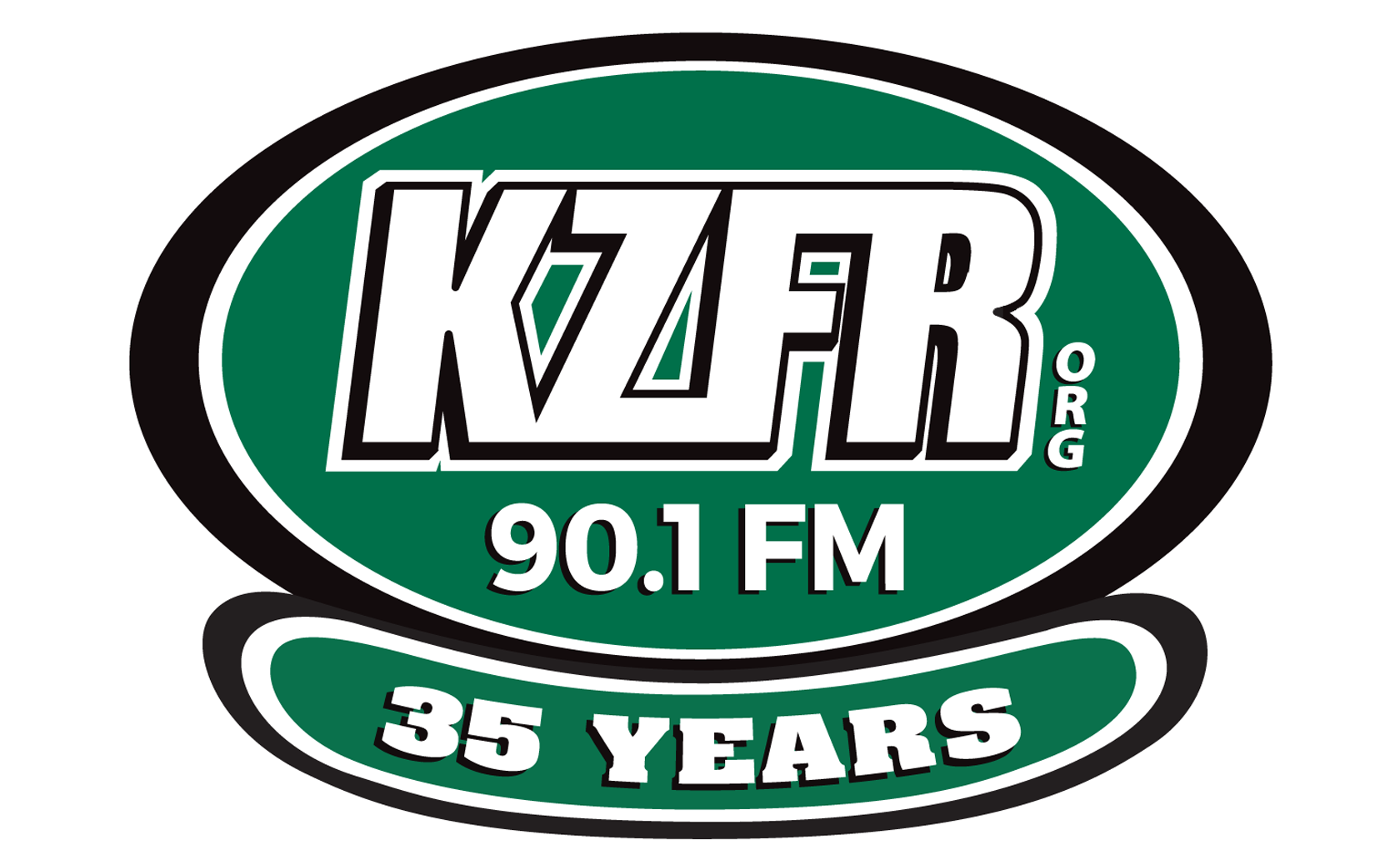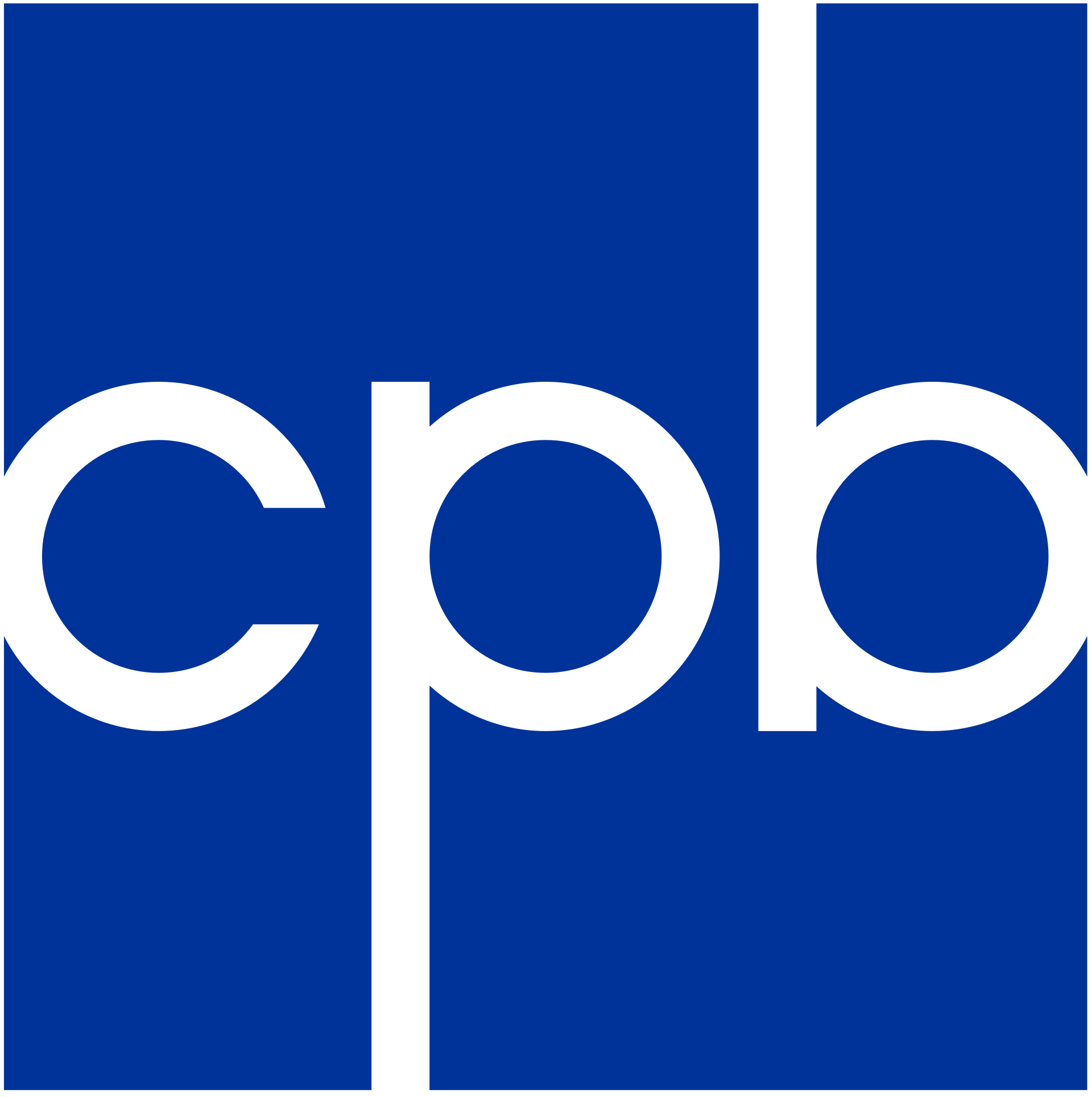Lungs will play an important role in this week’s American Pastimes which features a little less string action and much more breath. We’ll listen to a variety of traditional and old-time instruments being played on both early recordings and in more recent contemporary settings.
The quills are an early American folk instrument that was originally played by slaves. They are panpipes; a set of hollowed tubes of various lengths and widths that are blown across or into by the musician. The pan pipe or pan flute is an ancient instrument that is found in numerous cultures on most continents. The pan flute is considered to be the first mouth organ and technically is a direct ancestor of the massive pipe organ.
The American version, the quills, most likely had its origins in Africa. American slaves were prevented from building and playing drums (too African! too devilish!) so to accompany their singing and dancing they created a woodwind instrument that could provide rhythm and tones to go along with their singing, shouts and whoops. The earliest historical references to quills being played in America comes from plantation documents and oral histories that date back to the late 1700’s.
Quills are traditionally made of cut cane tubes. Anywhere between two and eights tubes are bound together, with each tube plugged at one end and open at the other. The cane is specifically Arundinaria Gigantea, aka Southern Cane, Switch Cane or Canebrake Bamboo. It’s the only native bamboo found in North America and is common throughout the south where a thick, dense forest of cane is called a ‘Canebrake.
There were only a few recordings of quills prior to the 1960’s folk revival: Big Boy Cleveland (on Gennet 1927), Henry Thomas (on Vocalion 1927 and 1929), and Sid Hemphill and Alec Askew (both recorded by Alan Lomax in 1942 for the Smithsonian).
A fife is a small, high-pitched, transverse (ie. side-blown) flute that is similar to the piccolo, but louder and shriller due to its narrower bore. It is a simple instrument usually consisting of a tube with 6 finger holes that are diatonically tuned. The fife also has an embouchure hole which the player blows across, and there is a cork or plug inside the tube just above the embouchure hole. Some nineteenth-century fifes had a key pressed by the little finger of the right hand in place of a seventh finger hole. Fifes are made mostly of wood: rosewood or other dense woods are superior while maple and persimmon are inferior but often used as well. Some Caribbean cultures use bamboo fifes.
In medieval Europe the fife was used by all social classes and folk music traditions mainly to accompany dancing. By the Renaissance the fife had became a part of the arsenal of some European armies. Being small it could be easily portable and when played in its upper register the instrument is loud and piercing and could be heard over the din of battle. According to some possibly exaggerated reports a band of fifes and drums can be heard up to 3 miles away over artillary fire.
The fife was one of the most popular musical instruments in America's Colonial period, even more widespread in use than the violin or piano and it can still be heard in some lively Appalachian dance tunes. American slaves adopted them into their musical tradition (along with quills) and once they gained their freedom and the right to have and play drums, the fife and drum blues genre developed in the hills of north Mississippi and Tennessee. One of the most famous artists in the fife and drum blues tradition was Othar Turner, a musician from Mississippi who played blues on homemade cane fifes. (Here’s a link to an Othar Turner performance w/ guitarist Luther Dickinson: http://www.allaboutbluesmusic.com/fife-drum-music/).
The pennywhistle (or tin whistle) is a six-holed fipple style flute closely related to the recorder and Native American flute. The fipple style is an end-blown flute that has a constricted mouthpiece. Today the pennywhistle is associated primarily with Celtic music, but fipple style flutes made of wood, clay or bone are found in many western and non-western cultures and show up in archaeological sites that date back 50,000 years. In the 19th century tin fipple flutes were mass-produced in England and sold for a penny each, thus the name.
A jug band features a jug player and a mix of other home-made
instruments created out of ordinary objects adapted or modified for making
sounds. These include the washtub bass, washboard, spoons, stovepipe, and the comb & tissue
paper kazoo. The jug sound is made by taking a stoneware or glass jug and buzzing the lips into its mouth from about an inch away. As with brass
instruments changes in pitch are controlled by altering lip tension
and an accomplished jug player could have a two octave range. A kazoo player hums, rather than blows, into the instrument. The oscillating air pressure of the hum makes the kazoo's membrane vibrate.
The resulting sound varies in pitch and loudness with the player's
humming. Players can produce different sounds by singing specific
syllables. The kazoo was first patented in 1883 as an "instrument or toy."
Early jug bands
were typically made up of African American vaudeville and medicine show
musicians. Emerging in the urban south, they played a mixture of blues, ragtime and jazz, and the first jug band recordings were made in the
1920’s and featured groups from Lousiville, Birmingham,
Cincinnati, and most famously Memphis. The jug band style waned in popularity after the Depression, but made a big comeback during the 1950s & '60s folk revival.
The harmonica (aka mouth organ or harp) was developed in Europe in the early part of the 19th century. It's predecessor free-reed instruments like the sheng were fairly common throughout Asia for centuries and were relatively well known in Europe for some time. Mouth-blown free reed instruments appeared in the United States, South America, and in Europe at roughly the same time and by 1820 free-reed designed instruments were being made in Europe primarily for their use in the performance of classical music. By the mid 19th century a variety of companies were manufacturing harmonicas commercially as its popularity grew, due in part to its low price, ease of use, and its ability to fit into just about any musical style. In the United States its use by Abraham Lincoln (who supposedly always carried one in his coat pocket) played a huge role in expanding its popularity.
There’s an Edison cylinder from 1904 that features African-American musician Pete Hempton playing harmonica on a vaudeville-style tune called “Dat Mouth Organ Coon” that was recorded in Europe. In America the first harmonica player to be invited into the recording studio was Henry Whitter, a white mill-hand from Virginia. In December 1923, Whitter recorded three tunes on the Okeh label which became standards in the repertoires of old-time harp players: “Rain Crow Bill,” “The Old Time Fox Chase,” and “Lost Train Blues.” A month later Herbert Leonard, an obscure African American became the first harmonica player to appear on a blues record. He appeared on Clara Smith's "My Doggone Lazy Man" recorded on January 1924.
Finally, the Jew's harp (aka mouth harp or juice harp) can be traced back to the 4th century BC in China and has no real historical connection to Israel or the Jewish people. And technically its not a blowing instrument. The instrument consists of a hard frame with a flexible reed attached. The frame is held firmly against the musician's open mouth and the reed is plucked while the performer changes the shape of his mouth and adjusts the amount of air contained in his mouth to change tones and create melodies. Only the volume is controlled by breathing hard or soft.
PLAYLIST
Elliot Fisk and Paula Robison “House Carpenter” from Cycle of American Folk Music on MusicMasters
Tom Pacheco “Midnight Waters of the Rio Grande” from The Best of Tom Pacheco Vol.1 on Frogs Claw
Danny and Judy Rose-Redwood “La Lucha Continuara” (“The Struggle Goes On”) from The Best of Broadside 1962-1988: Anthems of the American Underground from the Pages of Broadside Magazine on Smithsonian Folkways Recordings
The Byrds “Deportee (Plane Wreck at los Gatos)” from Ballad of Easy Rider on Columbia/Legacy
Ry Cooder “We Shall Be Happy” from Jazz on Rhino/Warner Bros.
Phil Ochs “The Crucifixion” from Pleasures of the Harbor on A&M
Norman Blake “The L and N Doesn't Stop Here” from Directions
Norman Blake “Uncle Sam” from Directions
Ragtime Henry Thomas “Old Country Stomp” from Texas Worried Blues
Eden and John's East River String Band “Devilish Mary” from Devilish Mary
Mike Seeger “Sail Away Ladies” from Sail Away Ladies
Mark O'Connor “Soldier's Joy” from Liberty
Maria Dunn “For Peace and Plenty” from We Were Good People on Distant Whisper Music
The Village Stompers “Washington Square” from Washington Square
Dorris Henderson and John Renbourn “Mist on the Mountain” from There You Go
Dorris Henderson and John Renbourn “Something Lonesome” from There You Go
Larry Hanks “Mole In the Ground/Old Dan Tucker” from Mole In the Ground/Old Dan Tucker
Charlie McCoy & Druha Trava “Wayfaring Stranger” from Live In Brno 2003 on Universal Music s.r.o.
Michael Miles “Freight Train / Going Down the Road” from Clawhammer Banjo on Mel Bay
Allison Williams “Willow Garden” from Give Me the Roses on Romeg Records
Charlie McCoy “Orange Blossom Special” from Orange Blossom Special
Memphis Jug Band “Kansas Cirt Blues” from Kansas Cirt Blues
Bing Bang Boys “Georgia Stomp” from I'm Feeling Good on rubinch
Jim Kweskin & Friends “Papa's On the Rooftop” from Jug Band Extravaganza
Carolina Chocolate Drops “Sally Ann” from Dona Got a Ramblin' Mind on Music Maker Recordings
Otha Turner “Otha's Piece” from Live: 1989 Memphis Music & Heritage Festival - EP on Center for Southern Folklore
Geoff Muldaur “Chevrolet / Big Alice” from The Secret Handshake on High Tone
Dan Zanes “Roll the Chariot” from Parades and Panoramas - 25 Songs Collected By Carl Sandburg for the American Songbag on Festival Five Records
David Bromberg Band “Such a Night (Live)” from How Late'll Ya Play 'Till?, Vol. 1: Live on Concord Records, Inc






